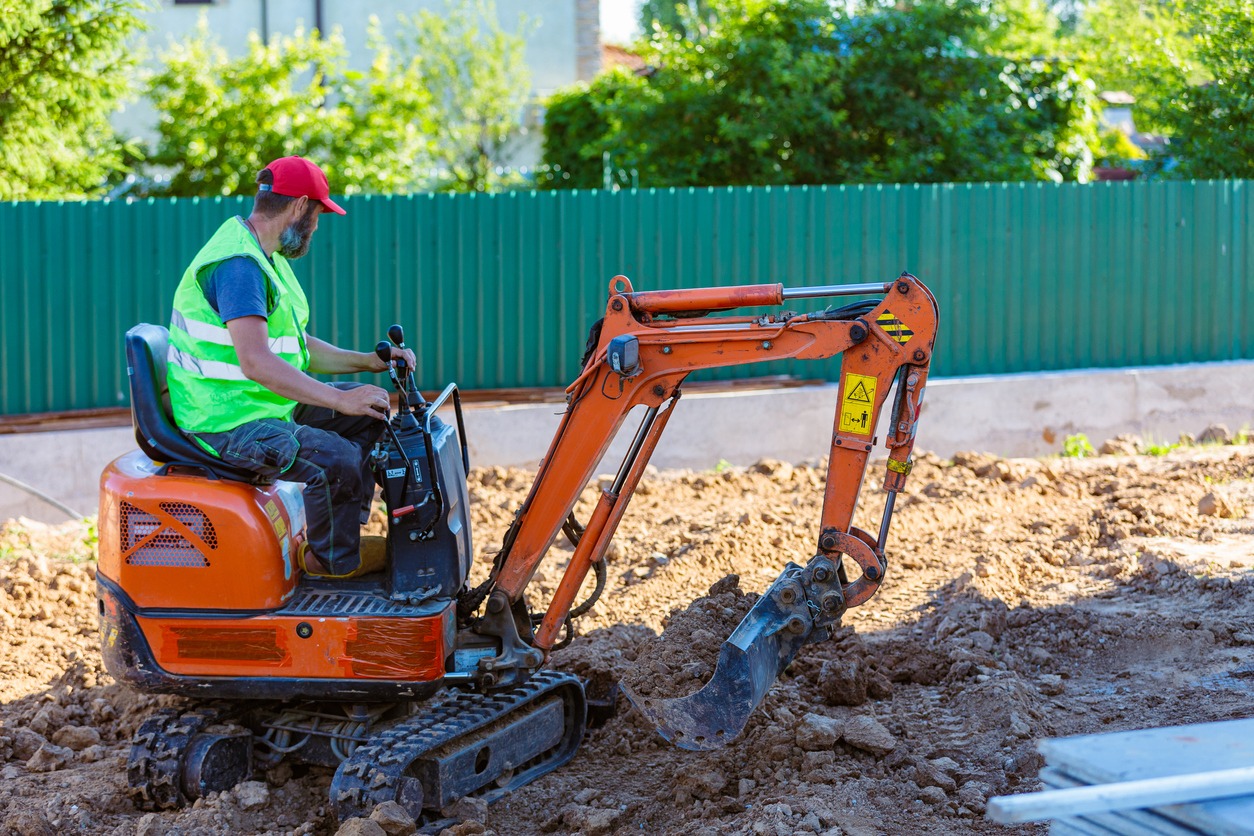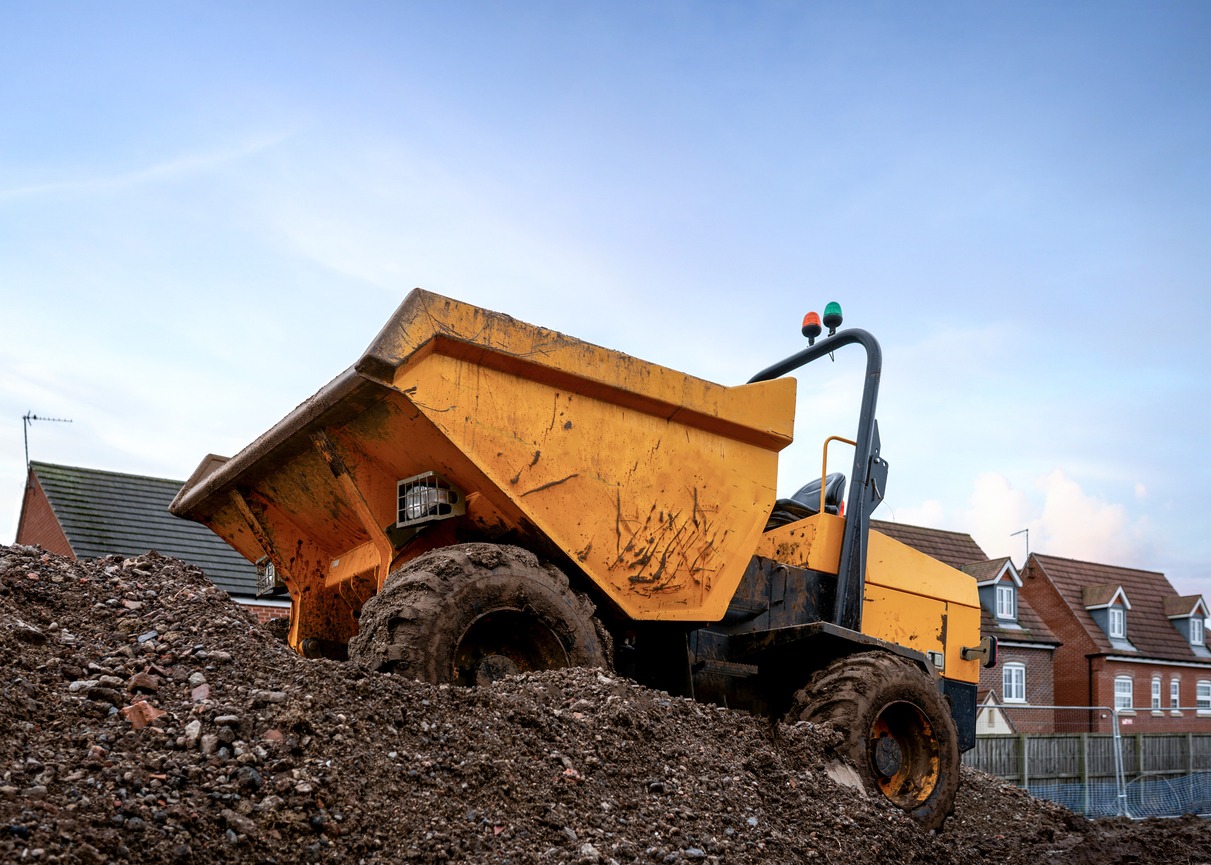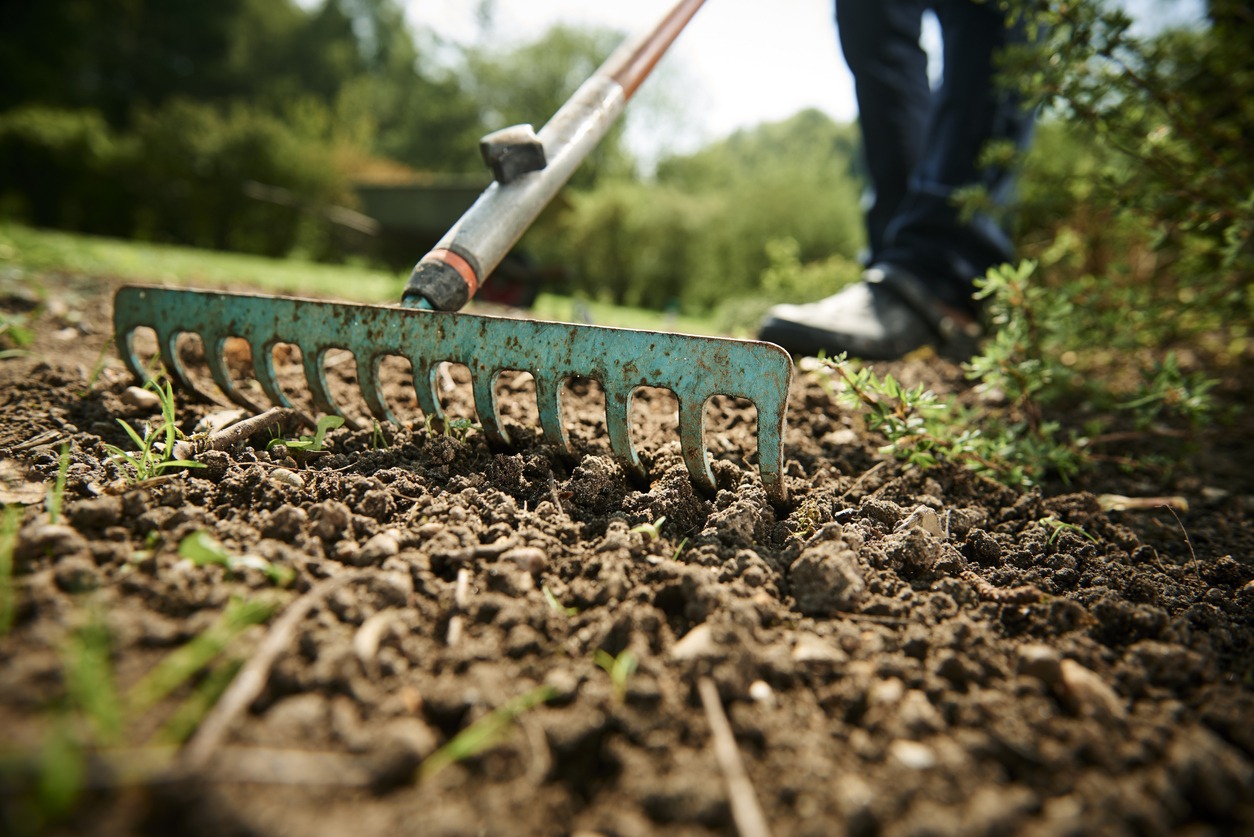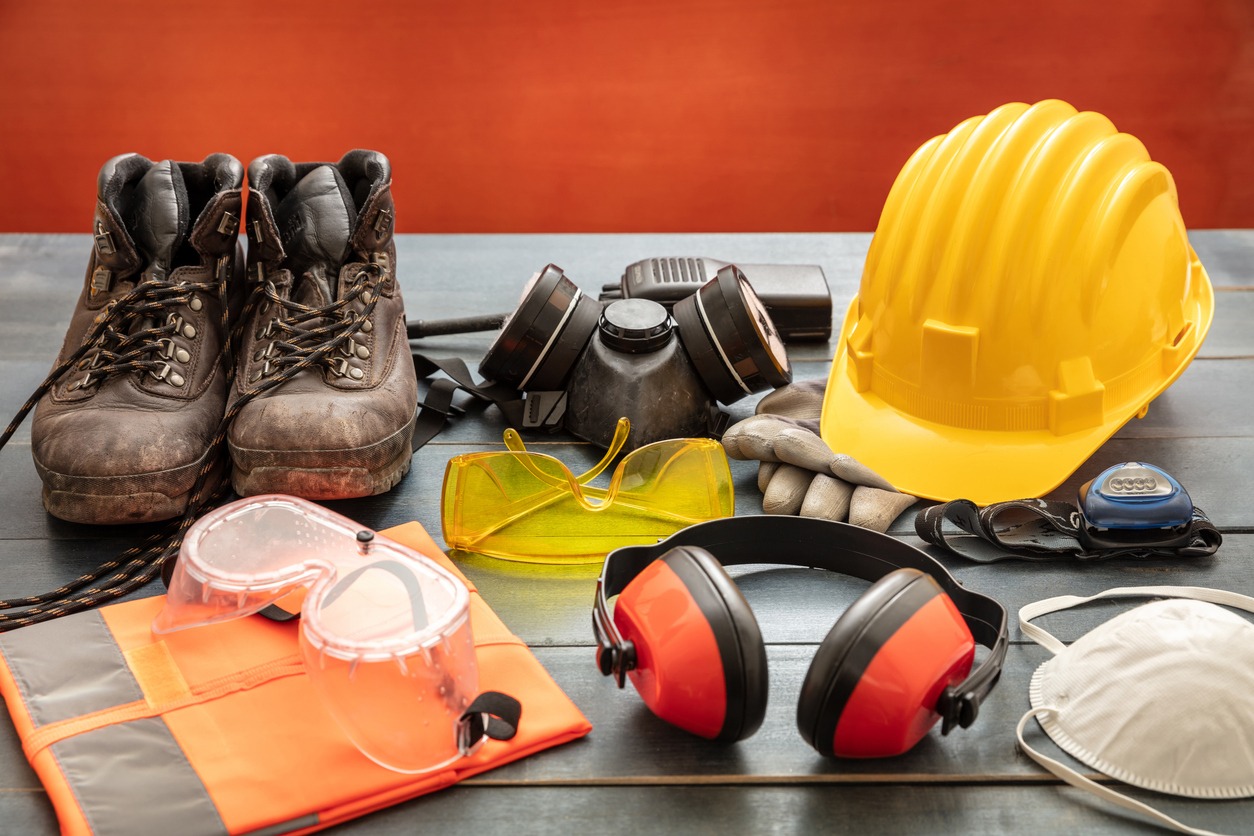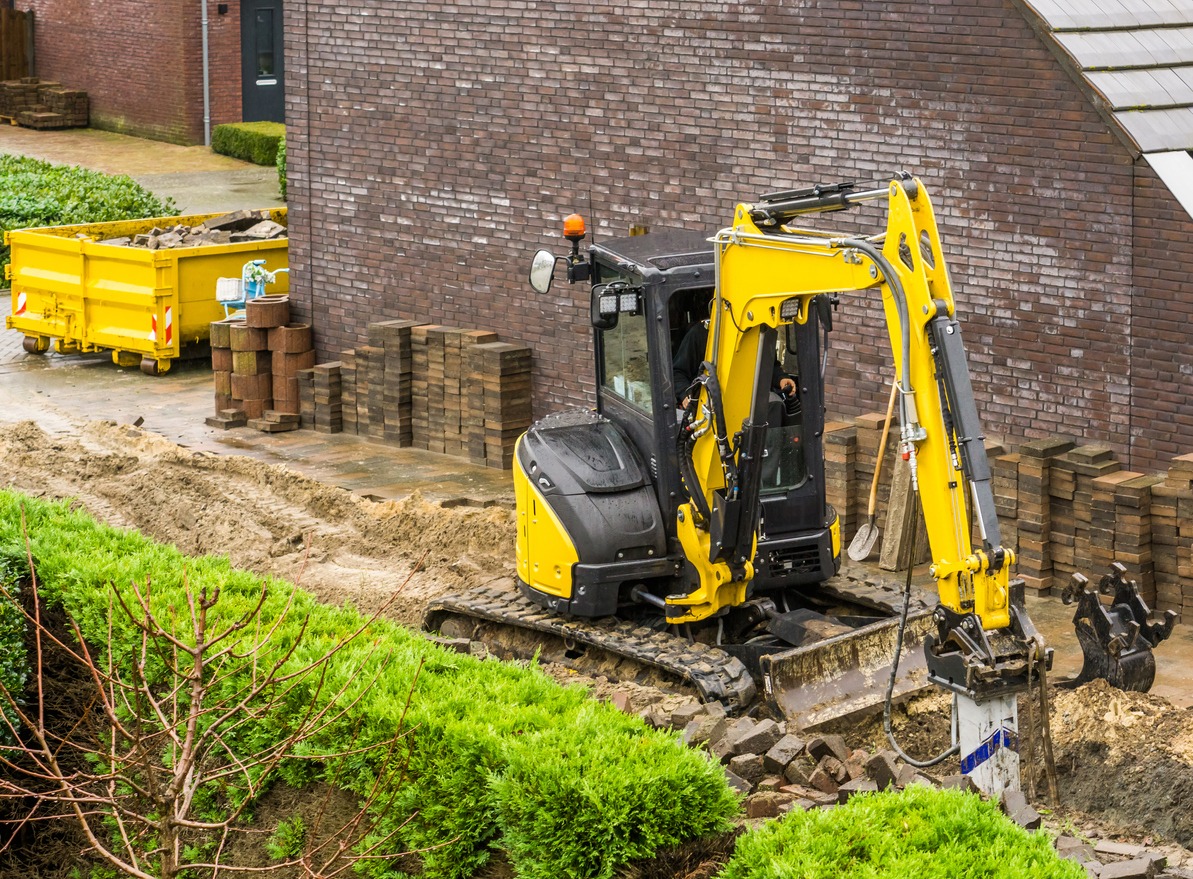Small-scale earth-moving and excavation projects are important when it comes to different types of construction. These may include landscaping and infrastructure development. Whether you are working on a residential site, a small commercial project, or simply a DIY undertaking, it is important to have the right tools for efficient and successful execution. By having the right tools, you’ll be able to save time, increase productivity, and achieve your desired results with precision.
If you are thinking of doing a small-scale earth-moving and excavation project on your property but don’t know what tools you should have, you’re in the right place. In this article, we are going to provide you with a list of the essential tools that you need. These range from heavy machinery to hand tools, each serving a specific purpose in various aspects of the work. Understanding their importance and functionality will help you in choosing the right equipment for your project. If you are ready, read on and learn more about the essential tools for small-scale earth-moving and excavation projects.
Tools Needed for Small-Scale Earth-moving and Excavation Projects
From mini excavators and backhoe loaders to shovels and safety gear, let us explore the wide array of tools needed for your earth-moving and excavation projects on your property. Let us delve into each tool’s description, applications, and advantages.
Mini Excavator
A mini excavator is a compact and versatile machine made for digging and excavation tasks. It features a tracked or wheeled chassis, a rotating cab, and a hydraulic arm with a bucket attachment. The size of mini excavators may vary, but they are usually smaller and lighter compared to the standard ones used in construction sites. This makes them suitable for small-scale projects.
Mini excavators are highly maneuverable, and they can access tight spaces and navigate congested areas easily. It makes them great for projects where larger equipment cannot operate efficiently. They are also equipped with different attachments, such as hammers, buckets, grapples, and augers, which allow them to perform different tasks other than excavation. Mini excavators can also be used for demolition, trenching, grading, and lifting. They are also precise and cost-effective due to their smaller size.
The common uses of mini excavators in earth-moving and excavation tasks include digging foundations and footings, leveling uneven terrain, shaping landscapes, digging trenches for utility lines, excavating small basements or pits, and assisting in removing debris, rocks, and other unwanted materials from the worksite.
Backhoe Loader
A backhoe loader is a versatile machine that can do both loading and excavation tasks. It combines the functionality of a front-end loader and a rear-mounted excavator bucket. It features a tractor-like unit with a loader bucket on the front and a backhoe attachment on the rear. This combination makes the backhoe loader highly efficient and cost-effective. It removes the need for separate equipment for loading and excavation.
You can use a backhoe loader in different terrains and conditions. They can work well on rough terrain, muddy surfaces, or paved areas, making them great for various small-scale projects. They are also compact compared to standalone loaders and excavators. A backhoe loader is commonly used for digging and trenching operations, loading and material handling, demolition and site cleanup, as well as in landscaping and grading, such as for digging ponds, shaping landforms, and leveling uneven surfaces.
Skid Steer Loader
A skid steer loader is a compact, four-wheel-drive machine that features a rigid frame and a small turning radius. It is made to be used in tight spaces and challenging terrains. One of its key features is its ability to pivot the wheels on each side independently so it can turn within its own footprint. Skid steer loaders are perfect to be used in confined areas where larger equipment may struggle to operate. Their compact size and ability to turn 360 degrees make them highly maneuverable in narrow spaces, like residential yards.
Skid steer loaders can also accommodate different attachments, such as augers, forks, buckets, hydraulic hammers, and sweepers, making them versatile. It is commonly used for digging and excavation, material handling, grading, and leveling, and even for site cleanup and debris removal. Their compact size, maneuverability, and compatibility with a wide range of attachments make them indispensable for tasks in tight spaces, where larger equipment may be impractical or inaccessible.
Trencher
A trencher is a specialized machine that is made for digging trenches. It has a rotating digging chain or wheel with sharp teeth to cut through the ground and create a narrow and defined trench. There are different sizes and configurations to choose from when it comes to trenchers to accommodate various trenching requirements.
Trenchers are very useful in digging trenches for the installation of underground utilities like water pipes, sewer lines, irrigation systems, and electrical cables. They are also commonly used to adjust the desired trench depth and width. They can handle various soil conditions, like soft soil, compacted soil, or even rocky terrain. There are also different attachments for trenchers, such as digging wheels or chains to tackle different soil types. You can use a trencher to create straight trenches, angled trenches, or even trenches with a specific shape or profile.
Mini Dumper
A mini dumper is also called a power barrow or mini transporter. It is a motorized machine that is utilized for transporting and dumping materials. It is made to handle smaller loads compared to larger dump trucks or dumpers. Most mini dumpers have a bucket or skip in front or on its rear, as well as a tracked or wheeled chassis and a compact size for maneuverability.
Mini dumpers are very useful when it comes to transporting materials within a small-scale project site. You can use them to carry loads of soil, sand, gravel, or construction debris from one place to another. They can also navigate through narrow or restricted areas. They are commonly used to transport materials, remove debris, and distribute materials like topsoil, stones, and mulch when working on a landscaping project.
Shovels and Spades
It is also important to have the basic hand tools when working on small-scale earth-moving and excavating projects. Shovels and spades are versatile hand tools that are used in different construction, gardening, and excavation tasks. While larger machinery is usually used for heavy-duty excavation, shovels and spades are important when it comes to manual excavation, particularly in areas that are not reached by machinery or for precise digging.
Even if you are using heavy machinery, it is still important to have shovels and spades as they can assist in cleanup, leveling, and detail work that needs manual intervention. They are best used for manual digging and excavation, soil preparation, gardening, material relocation, and for leveling surfaces, spreading materials, or creating slopes.
Rakes
A rake is another handheld tool commonly used in gardening, landscaping, and small-scale earth-moving projects. It features a long handle and a series of teeth or tines attached at the end. There are also different types and designs to choose from for various tasks and terrain conditions. Rakes are perfect for clearing leaves, grass clippings, small rocks, or other debris from the ground surface.
You may also use a rake to level and smooth surfaces like soil, gravel, or sand. It is also commonly used for preparing soil beds for planting, and for spreading materials like compost, mulch, or gravel. You just have to choose the appropriate rake for the specific task you have at hand.
Wheelbarrow
A wheelbarrow is also helpful in small-scale earth-moving and excavating projects. It is a small one- or two-wheeled vehicle that features a tray or hopper made for carrying and transporting heavy or bulky materials. It has a frame, handles, and a wheel or wheels that provide stability and ease of movement. You can use them to move materials and for mixing concrete or mortar on-site.
Compaction Equipment
Compaction is a vital step in construction and earth-moving projects. It ensures the stability and durability of the finished structures. Proper compaction eliminates air voids and increases the density of the soil or material, enhancing its load-bearing capacity. There is various compaction equipment to choose from, such as plate compactors, vibratory rollers, tamping rammers, and plate tampers.
For small-scale earth-moving and excavating projects, you may benefit from using plate compactors, tamping rammers, and plate tampers. They are versatile tools that are suitable for smaller areas, such as trenches, footings, or landscaping projects.
Safety Gear
In any project that you will work on, it is always important to have and use safety gear. They can protect you from potential hazards and reduce the risk of accidents or injuries. It is also usually a legal requirement on construction sites. In addition to safeguarding workers from accidents and injuries, safety gear also contributes to a sense of security and peace of mind as you work.
Some of the essential safety gear for earth-moving and excavating projects include hard hats, safety goggles/glasses, high visibility clothing, protective footwear, gloves, masks or respirators, and hearing protection like earplugs or earmuffs as some machinery are loud.
Factors to Consider When Choosing Equipment for Earth-moving and Excavating Projects
There is a lot of earthmoving equipment that can perform different tasks, depending on the type of attachment on the machine. These may replace other pieces of equipment when performing different tasks. When choosing the right equipment for a project, below are some of the important factors that you need to consider:
Size of the Worksite
There are machines that can work better than others when it comes to tight and confined spaces. They are also better for small work projects. An excavator can be the ideal option if you require a device that can move items around while remaining stationary. However, a smaller backhoe or skid steer may be more practical if the vehicle must constantly move while carrying cargo around other barriers.
Types of Tasks
Think about all the duties the machine could need to handle. While an excavator’s bucket can be used to grade the land, if the job calls for a lot of grading work, you should choose a machine with a blade up front to complete the operation swiftly. Also, keep in mind that the heavy equipment’s ability to do certain tasks may depend on the attachments that are available.
Depth and Width of Digging
Some machines have longer, articulating arms that can dig down far into the ground to create trenches. Other devices, like a skid steer, can carry out drilling operations using an augur that is intended for installing fence posts and utility poles. To reduce the number of possible pieces of equipment, measure the width and depth of the trench or hole.
Ground Surface
The sort of heavy equipment utilized could be restricted by the surface of the ground. A lighter machine with tracks can move across the ground when doing landscape work when the machine must pass through the grass without damaging it. Larger vehicles with wheels may offer more traction when navigating muck and snow. Regardless of whether you choose a tracked or wheeled machine, check the wheels and tracks for any potential damage or cracks that could lead to failure and replace them before using the machine.
Load Height
If the project calls for lifting things higher up—for instance, transferring building supplies to higher levels—you’ll need a machine with a longer arm and boom to achieve the necessary height. The same thing applies if you are digging further into the ground. Smaller machinery like bulldozers, skid steers, or backhoe loaders may be used to complete the operation if the items are not lifted very high off the ground.
Load Capacity
How much weight a piece of heavy machinery can safely push, transport, or haul will directly depend on its size. Numerous heavy machinery items are available in small, medium, and large sizes with a range of weight capacities. Instead of straining the existing machine to its breaking point where it could result in a major mishap, it is always advised to choose a different machine that can perform the work if the project requires a larger load than what it is capable of handling.
Conclusion
Even small-scale earth-moving and excavation projects require a range of essential tools to ensure efficient and successful completion. Having the important tools is crucial for achieving efficient and safe results. You may work efficiently, reduce hazards, and confidently complete your projects by understanding the capabilities and applications of each tool, choosing suitable equipment, and emphasizing safety through the use of appropriate safety gear. We hope this article helped you learn more about the essential tools for small-scale earth-moving and excavation projects.


